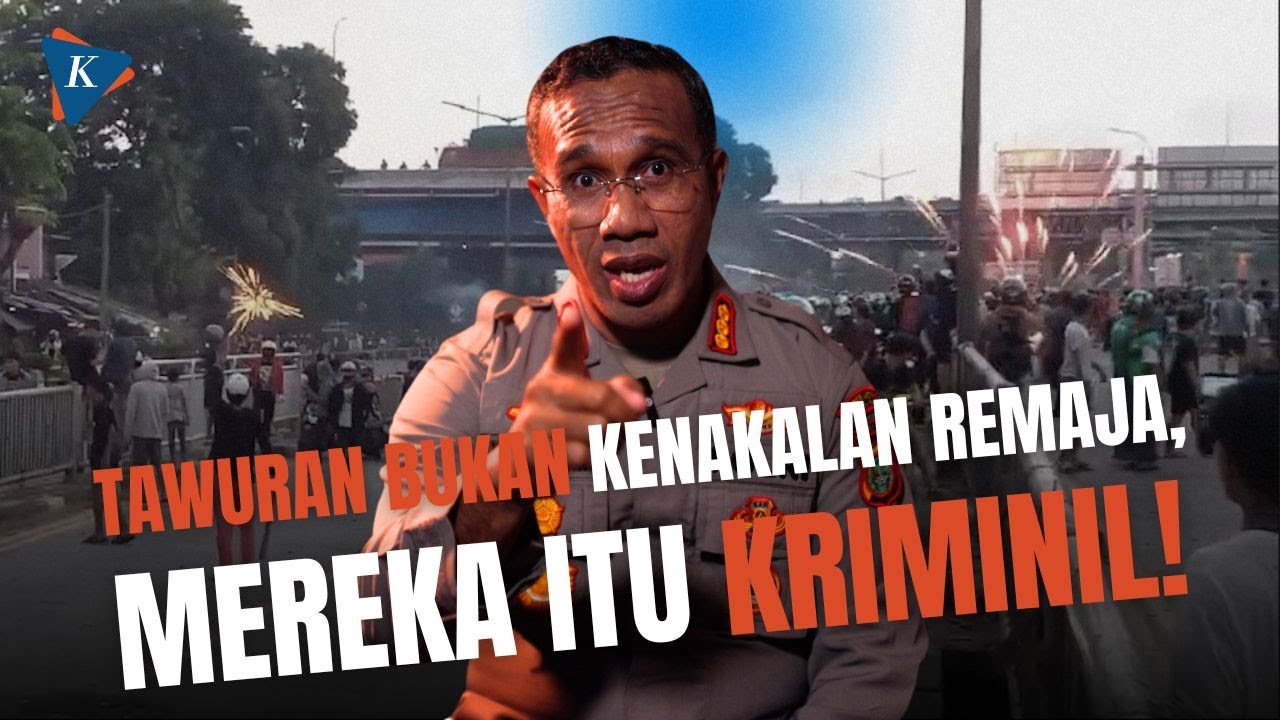Rioting Across America - The Great Depression
Summary
TLDRThe transcript captures a chaotic period of industrial strife, showcasing violent clashes between striking workers, police, and the National Guard. Tensions flare as mobs disrupt food deliveries, destroy property, and challenge law enforcement, leading to casualties and widespread unrest. The narrative emphasizes the deep divide between workers seeking fair treatment and authorities enforcing law and order. The speech warns of the escalating violence threatening national recovery, drawing parallels to historical dictatorships. The violence and civil discontent echo a broader struggle for workers' rights and the protection of property, with tragic consequences for both sides.
Takeaways
- 😀 The industrial conflict has led to violent clashes, with 5,000 people attempting to stop food deliveries to the city.
- 😀 The rioters outnumber the police 10 to 1 and engage in hand-to-hand fighting, resulting in casualties.
- 😀 The authorities appeal for the support of the National Recovery Act amidst rising industrial warfare.
- 😀 Despite the efforts of the sheriff to stop the violence through negotiation, law enforcement is forced to take action.
- 😀 The rioters target private property, such as attacking cab drivers and smashing cabs, while police fail to arrest them.
- 😀 As combat continues through the night, the National Guard is called in to assist in quelling the violence.
- 😀 Tear gas is used against the rioters, leading to numerous casualties and even affecting nearby homes.
- 😀 Firearms are eventually deployed by the authorities after the violence escalates, resulting in fatalities.
- 😀 Leaders of the strike encourage violence and retaliation, urging workers to fight back against perceived oppression.
- 😀 Strikes are portrayed as a dangerous and violent challenge to law and order, with serious consequences for the nation’s recovery program.
Q & A
What is the core conflict depicted in the transcript?
-The core conflict is a violent industrial dispute involving strikers, law enforcement, and government forces, leading to riots and chaos in cities such as New York and Detroit, sparked by labor strikes and protests.
What role does the National Recovery Act play in the transcript?
-The National Recovery Act is referenced as an effort to restore order and support economic recovery. Leaders appeal for public support to uphold the Act's orderly processes and prevent industrial warfare.
How does the script portray the impact of industrial disputes on communities?
-The script highlights the devastating effects of industrial disputes on communities, with neighbors becoming bitter enemies and widespread violence disrupting daily life, as seen in the destruction of private property and violent confrontations.
What actions did the sheriff take in response to the violence?
-The sheriff expressed regret over the violence but stated he did everything in his power to stop it, including pleading with the strikers to leave the picket line. When this failed, he had to take action to enforce the law.
What was the response of the police and National Guard during the riot?
-The police and National Guard faced violent resistance from the rioters. They used tear gas to disperse crowds, and after escalating violence, firearms were deployed, resulting in deaths and injuries.
What does the reference to 'hit back' suggest in the context of the script?
-The call to 'hit back' refers to a strong, retaliatory response to perceived injustice and oppression. This rhetoric reflects a militant stance advocating for direct action in the face of violence or government crackdown.
How does the transcript contrast American labor unrest with European and Russian regimes?
-The transcript contrasts American labor unrest with European dictatorships like Mussolini's Italy and Hitler's Germany, and with Soviet Russia, suggesting that in these regimes, workers had no rights and strikes were punishable by death. This emphasizes the value of American labor rights.
What role do professional organizers and agitators play in the strikes, according to the script?
-The script suggests that professional organizers, agitators, and radicals often lead the strikes, inciting workers to take a more militant approach. This is presented as a dangerous misinterpretation of organized power as moral right.
How does the script describe the impact of violence on the National Recovery Act's success?
-The script argues that violence, such as riots and strikes, threatens the success of the National Recovery Act by undermining social order and impeding the broader recovery efforts, portraying such violence as a major obstacle.
What does the script imply about the relationship between law enforcement and protestors?
-The script highlights a tense and often adversarial relationship between law enforcement and protestors. It suggests that while law enforcement must maintain order, there is a significant clash of interests and methods, with some law enforcement actions escalating violence.
Outlines

This section is available to paid users only. Please upgrade to access this part.
Upgrade NowMindmap

This section is available to paid users only. Please upgrade to access this part.
Upgrade NowKeywords

This section is available to paid users only. Please upgrade to access this part.
Upgrade NowHighlights

This section is available to paid users only. Please upgrade to access this part.
Upgrade NowTranscripts

This section is available to paid users only. Please upgrade to access this part.
Upgrade NowBrowse More Related Video
5.0 / 5 (0 votes)





